In the past, smoking was not only a common habit but also a socially accepted one. Many public places designated areas where individuals could light up without a second thought. From restaurants to airports, the presence of smoking sections was a norm rather than an exception. This shift in societal norms reflects growing health awareness and changing legislation. However, these smoking-friendly zones are now part of history, as regulations have tightened and priorities changed. Let’s explore 12 public places that once embraced smoking, showcasing how our environment and attitudes have evolved.
1. Airports

Airports once featured smoking sections, allowing travelers to enjoy a cigarette while waiting for their flights. Back then, the haze of smoke was a common sight in terminals. Travelers could relax in designated smoking lounges, conveniently located near gates. Despite the smoky atmosphere, these areas provided a space for socializing.
The regulations changed over time, reflecting growing health concerns. Today, most airports have banned smoking entirely, except in specially designated areas outside the terminals. The transformation highlights the shift in public health priorities and the increasing awareness of second-hand smoke dangers.
2. Restaurants
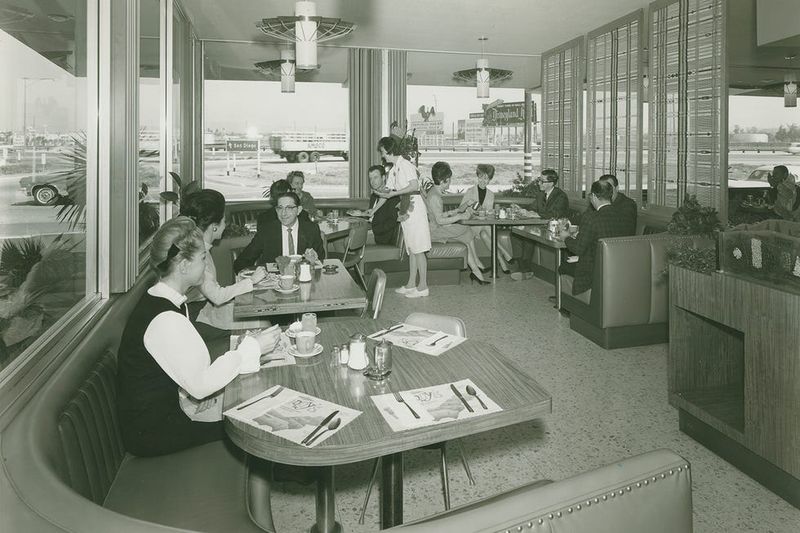
Restaurants used to be prime spots for smokers, with sections dedicated to those who wanted a puff with their meal. These sections, often separated by a mere partition, were a common feature. Diners and upscale eateries alike accommodated smokers, creating a welcoming environment.
Menus often included ashtrays as part of the table setting. Today, the idea seems distant, as smoking in restaurants is largely prohibited. This change mirrors the evolving attitudes towards smoking, influenced by health studies and legislative changes, aiming to create a smoke-free dining experience.
3. Trains
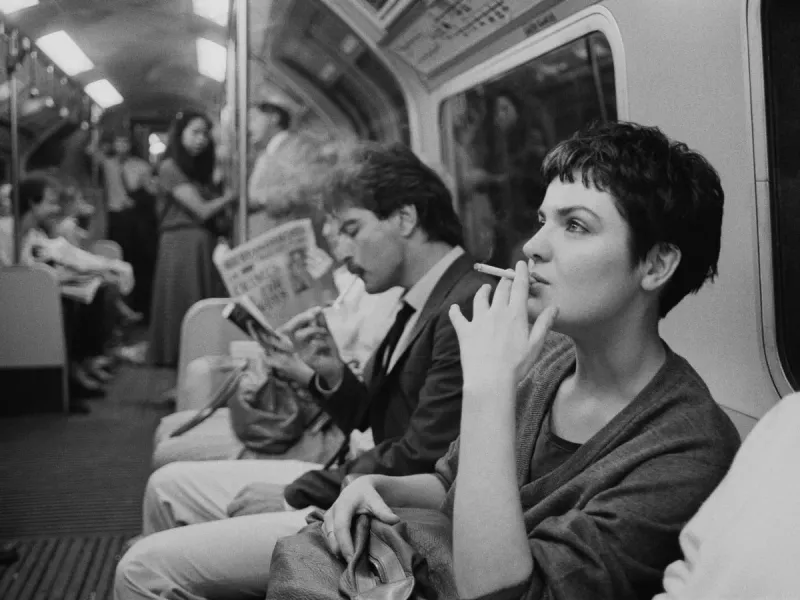
Train travel once embraced the smoking culture, with carriages designated for smokers. Passengers could enjoy the rhythmic motion of the train while lighting up. It was a time when the journey itself was an event, and smoking was part of the experience.
However, the romance of smoking on trains faded as health concerns took precedence. Today, smoking is banned on most trains worldwide, reflecting a shift towards cleaner travel. The change underscores the broader societal move towards healthier public spaces, prioritizing the comfort and well-being of all passengers.
4. Office Buildings

Office environments once included spaces for smoking, reflecting the norms of the time. Employees could smoke at their desks, converting the workplace into a foggy labyrinth. This culture was prevalent across various industries, fostering a casual atmosphere.
Regulations have since transformed office policies, prioritizing non-smoking environments. Today, designated smoking areas are often outdoors, away from the main office space. This change marks a significant shift in workplace culture, focusing on health and productivity. The evolution highlights the importance of creating healthier work environments for all.
5. Airplanes

Smoking on airplanes was once a common occurrence, with sections designated for smokers. Passengers could enjoy a cigarette while flying, adding to the allure of air travel. The cabin was often filled with smoke, a testament to the era’s norms.
However, smoking bans on flights have become the standard, largely due to health concerns. The cabin’s air quality improved, making flights more comfortable for everyone. This shift is a reflection of broader changes in public health policies, aiming to create a safer and more pleasant travel experience for all passengers.
6. Shopping Malls
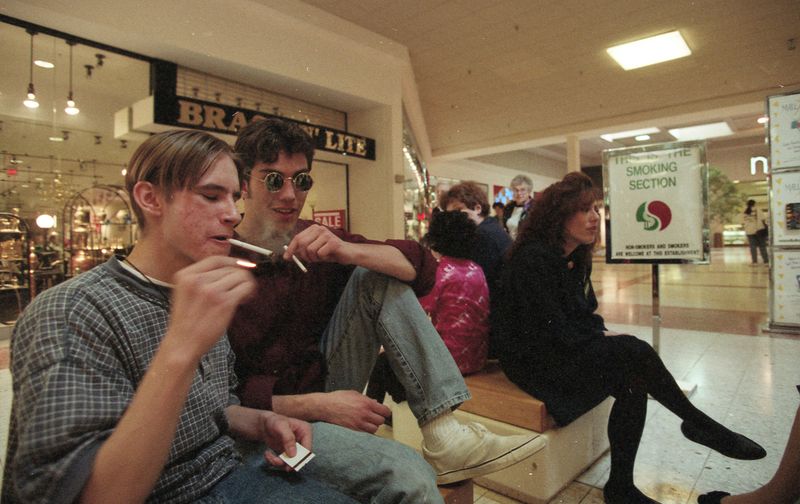
Shopping malls once accommodated smokers, featuring indoor smoking sections where shoppers could pause for a cigarette. These areas were nestled within the bustling environment, offering a moment of respite.
As the dangers of second-hand smoke became more evident, malls began enforcing stricter no-smoking policies. Today, smoking is typically confined to outdoor areas, reflecting a commitment to healthier public spaces. The transition illustrates the shift in societal norms, with a focus on protecting patrons’ health and enhancing the shopping experience.
7. Theatres
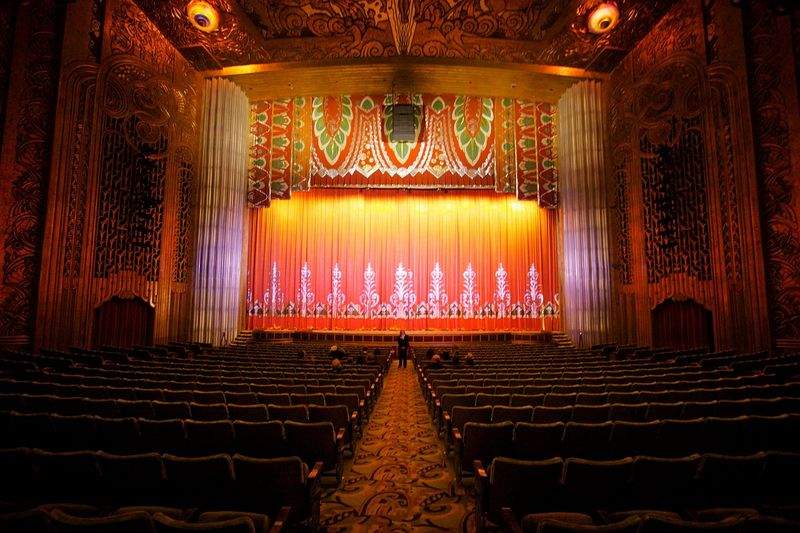
Theatres once allowed smoking during performances and intermissions, creating a clouded ambiance that was part of the experience. Patrons could enjoy a cigarette as they watched a show, the smoke mingling with the drama unfolding on stage.
The practice has long since ceased, as theatres adopted smoke-free policies. This shift was driven by health campaigns and changing perceptions. Today, the focus is on preserving the air quality and comfort for all attendees, ensuring a pleasant and immersive experience free from smoke.
8. Bars and Pubs

Bars and pubs were once synonymous with smoking, where patrons could enjoy a drink and a cigarette in a lively atmosphere. The smoke-filled rooms were integral to the social scene, adding to the conviviality.
As awareness of health risks grew, many bars adopted smoke-free policies. The transition reflects a broader cultural shift towards prioritizing health. Today, patrons enjoy a cleaner environment, enhancing the overall social experience. The change marks a significant cultural evolution, balancing tradition with modern health considerations.
9. Sporting Arenas

Sporting arenas once welcomed smokers, allowing fans to light up while cheering for their teams. The atmosphere was charged with excitement, and smoking was part of the event’s rhythm.
However, as public health awareness increased, arenas began implementing smoke-free policies. Today, smoking is typically restricted to designated outdoor areas, ensuring a comfortable experience for all attendees. This shift highlights the growing emphasis on health and well-being, aligning with modern expectations for public spaces.
10. Amusement Parks
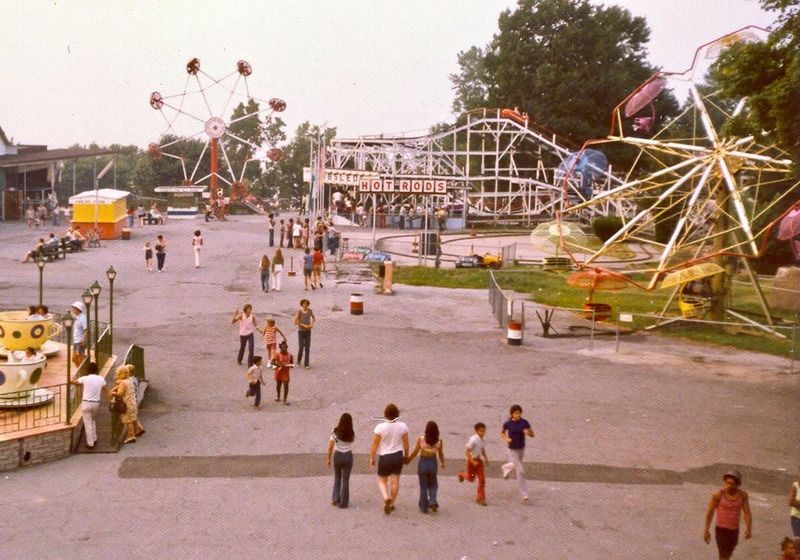
Amusement parks once included smoking areas, allowing visitors to enjoy a cigarette amidst the thrills. Smoking sections were strategically placed, offering a respite from the excitement.
As health concerns became more prominent, parks reshaped their policies to create smoke-free environments. Today, smoking is often limited to designated areas, reflecting a commitment to family-friendly experiences. The change underscores the evolution of public spaces, focusing on inclusivity and health. Amusement parks have embraced this shift, enhancing the enjoyment for all visitors.
11. Hospitals

Hospitals once had smoking areas, a stark contrast to today’s standards. Medical staff and visitors could smoke, reflecting the era’s norms. These areas were part of the hospital landscape, seemingly at odds with the setting.
As the negative health impacts of smoking became undeniable, hospitals adopted strict no-smoking policies. This transformation marks a significant step in prioritizing health and safety in medical environments. Today, hospitals offer smoke-free spaces, aligning with their mission to promote well-being and recovery.
12. Public Parks
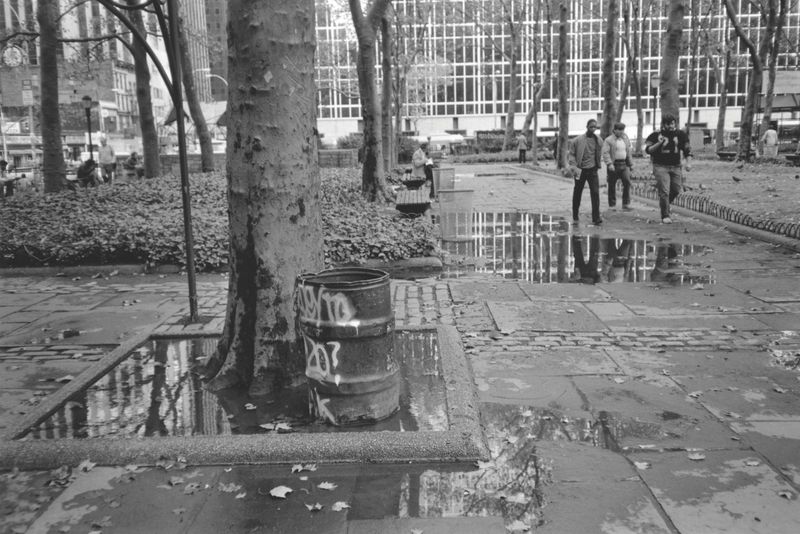
Public parks once allowed smoking, with benches and areas where visitors could relax and light up. The practice was an accepted part of outdoor leisure activities.
As environmental and health awareness grew, parks began implementing no-smoking policies. Today, smoking is often confined to specific areas, reflecting a broader shift towards protecting natural spaces and public health. This change highlights the importance of preserving the environment and ensuring enjoyable, smoke-free outdoor experiences for all visitors.

Well, hello there!
My name is Jennifer. Besides being an orthodontist, I am a mother to 3 playful boys. In this motherhood journey, I can say I will never know everything. That’s why I always strive to read a lot, and that’s why I started writing about all the smithereens I came across so that you can have everything in one place! Enjoy and stay positive; you’ve got this!

